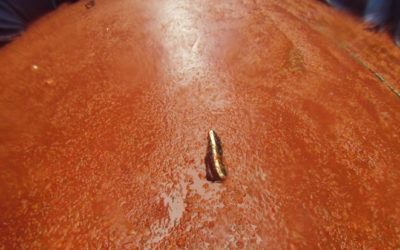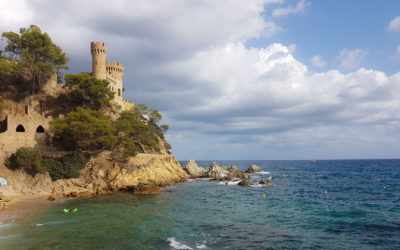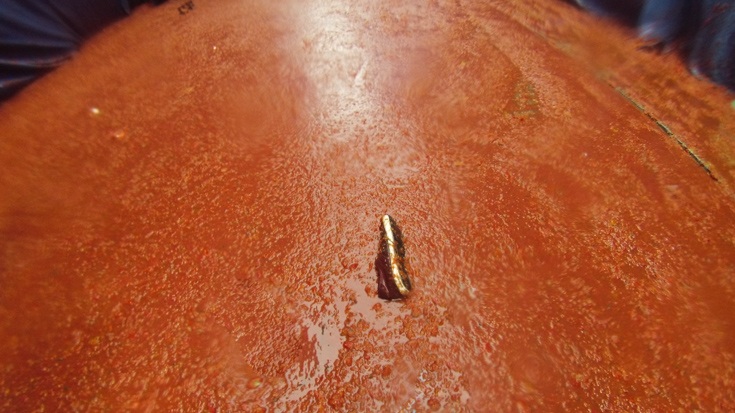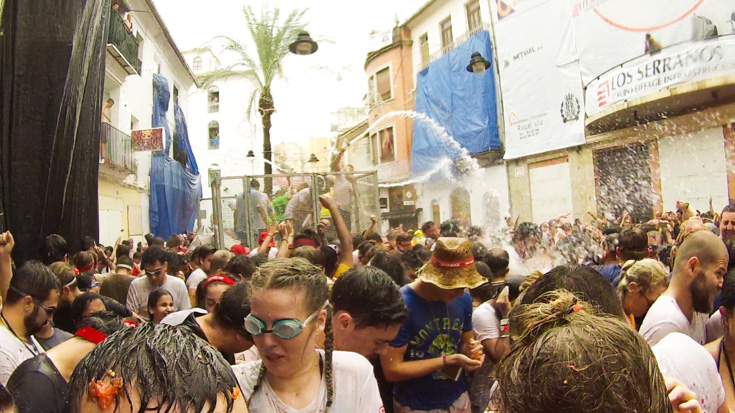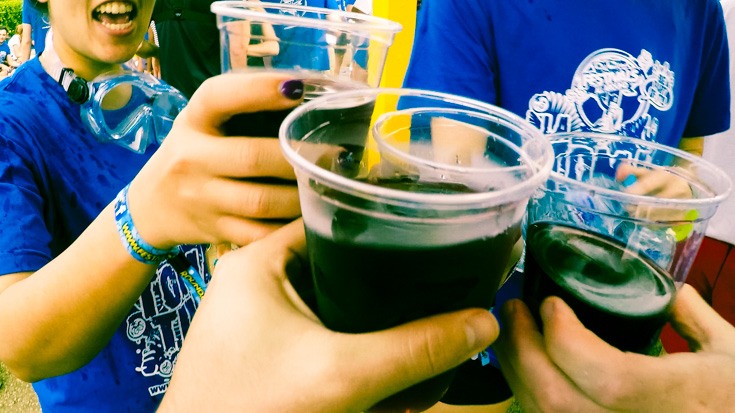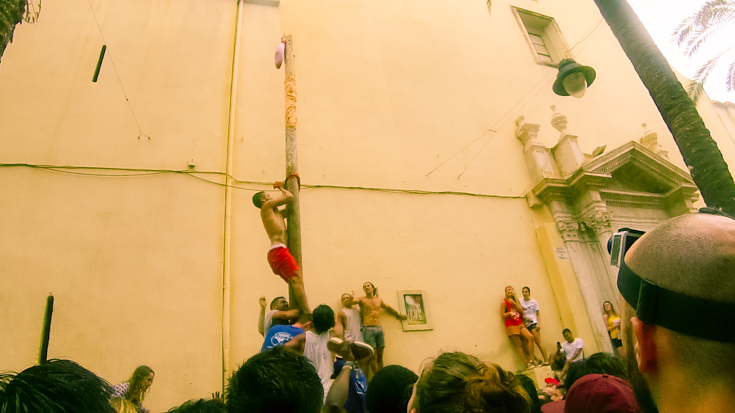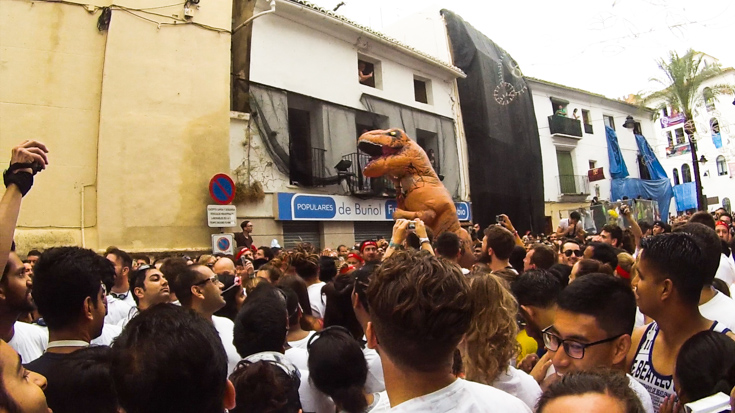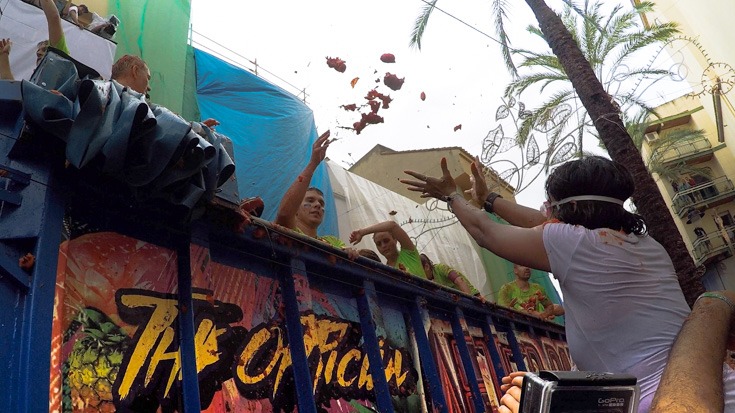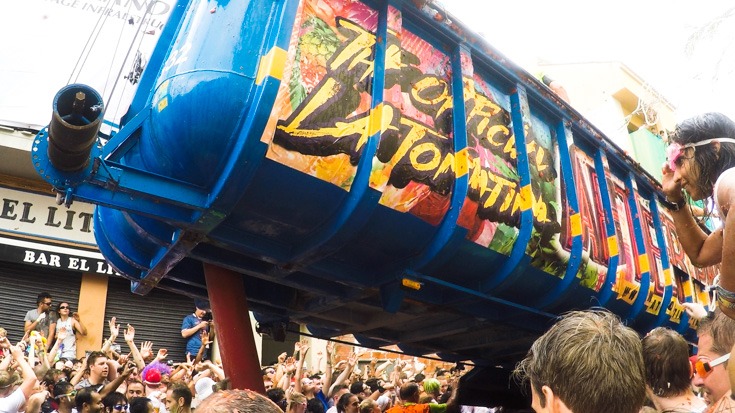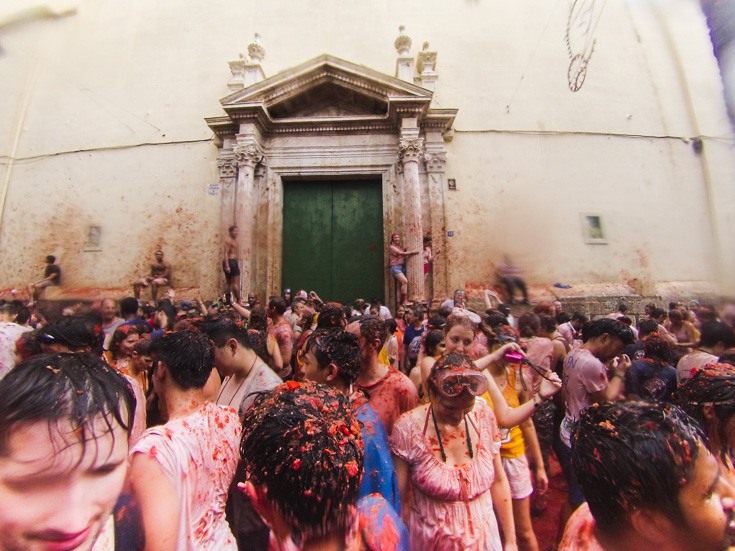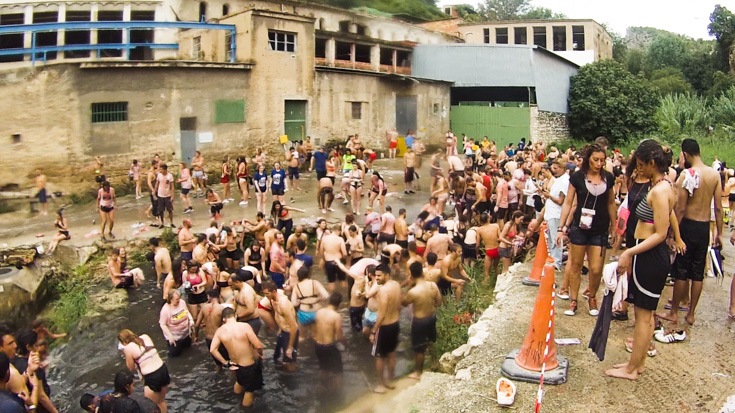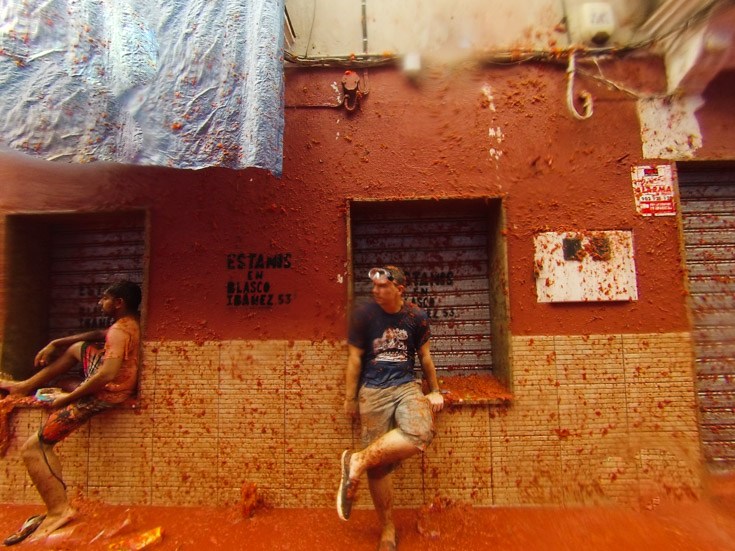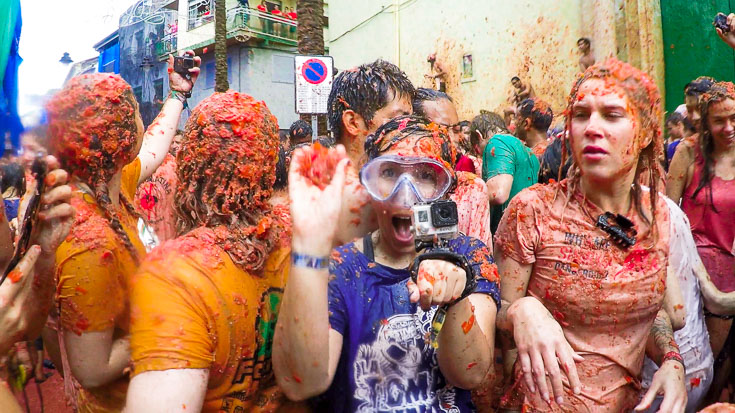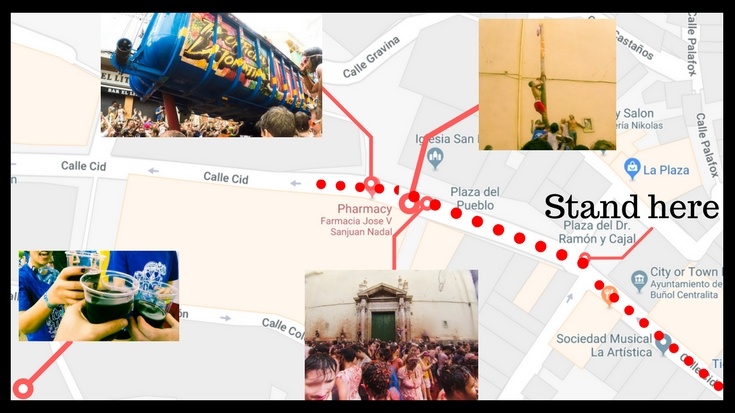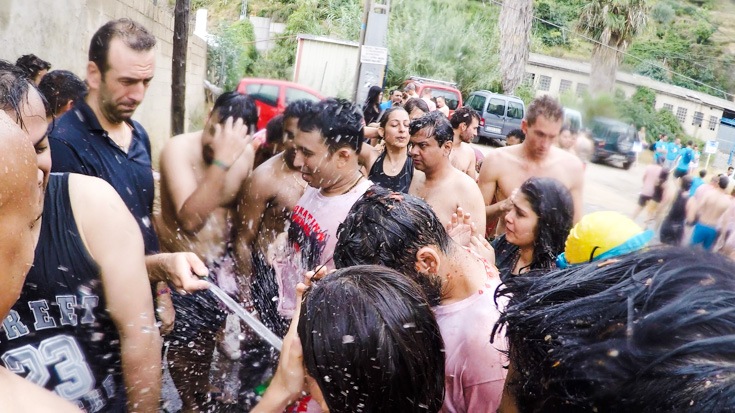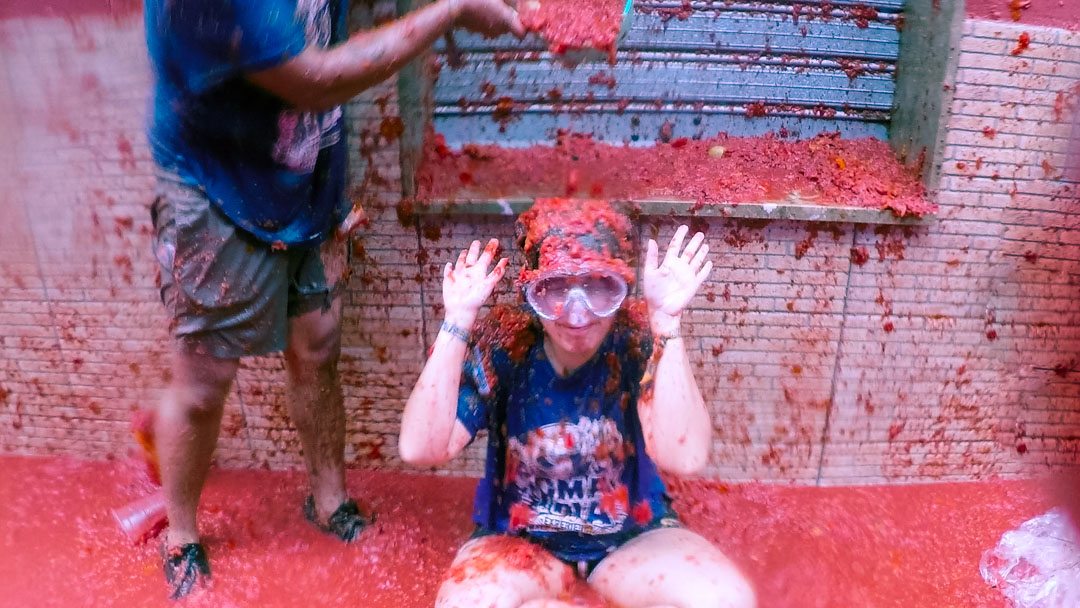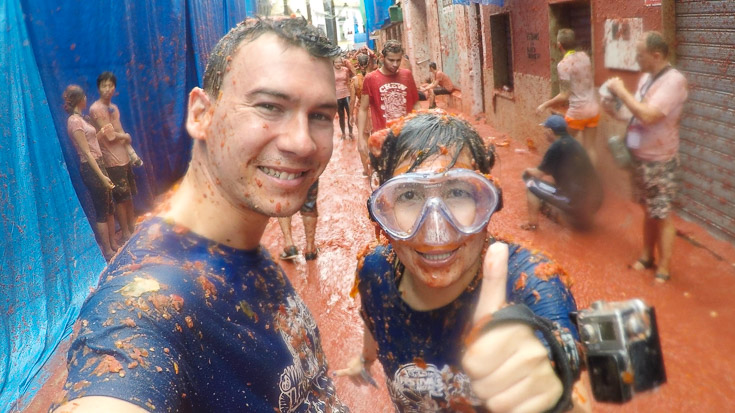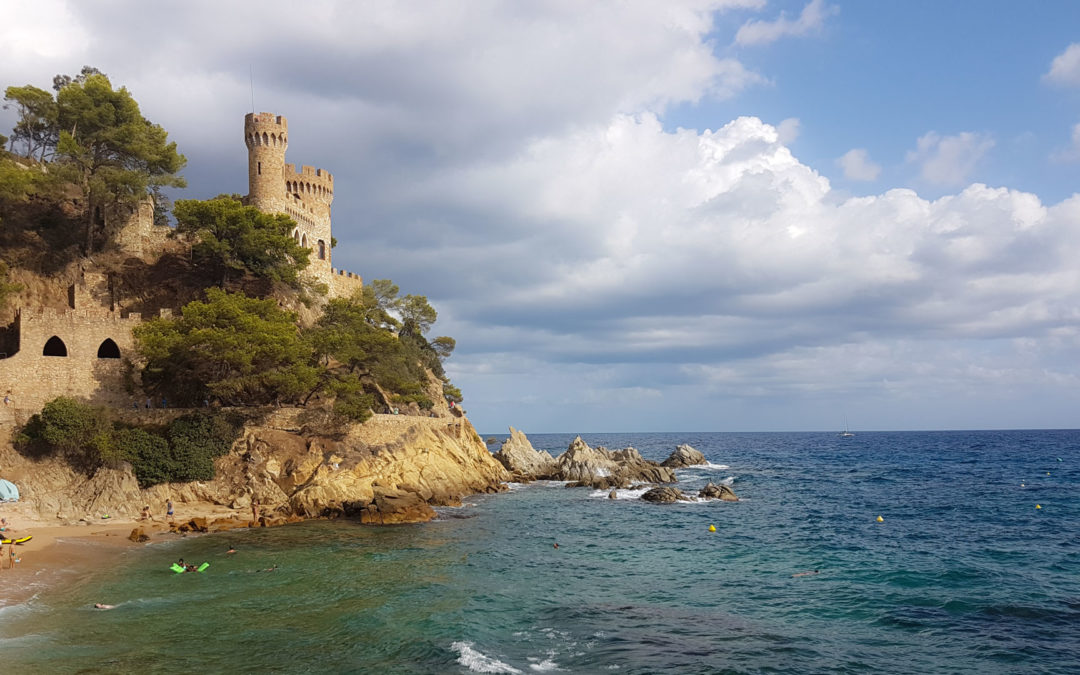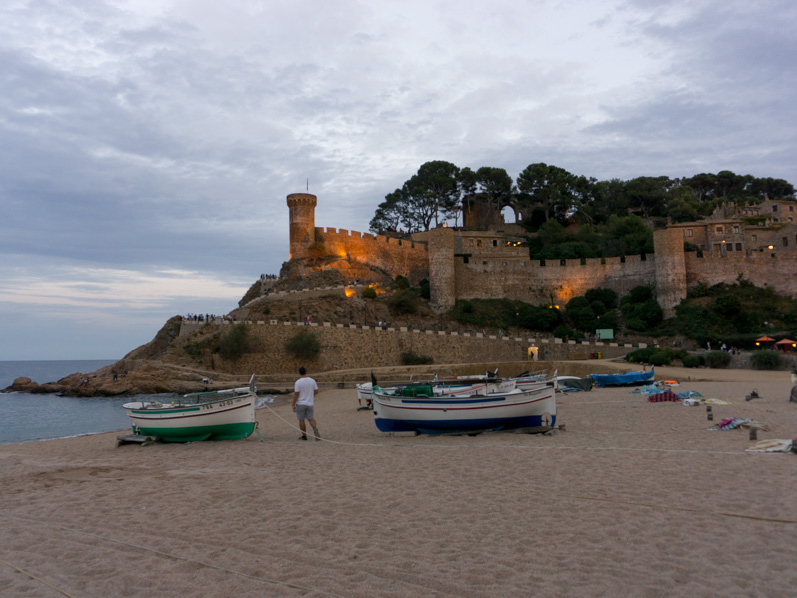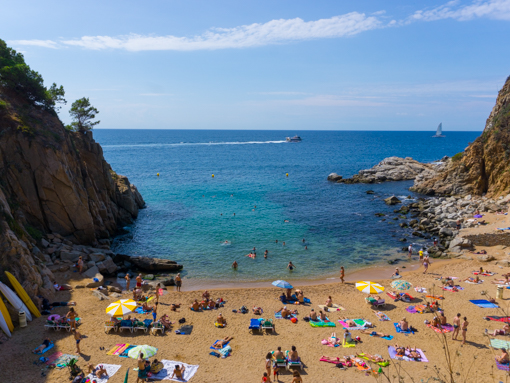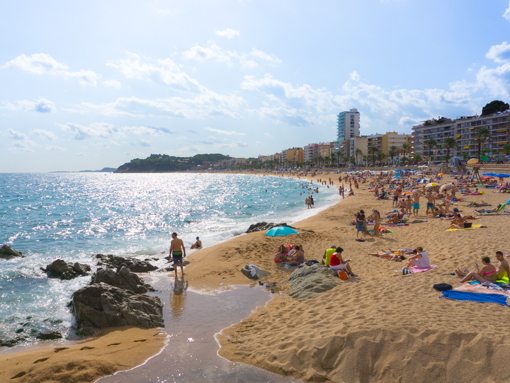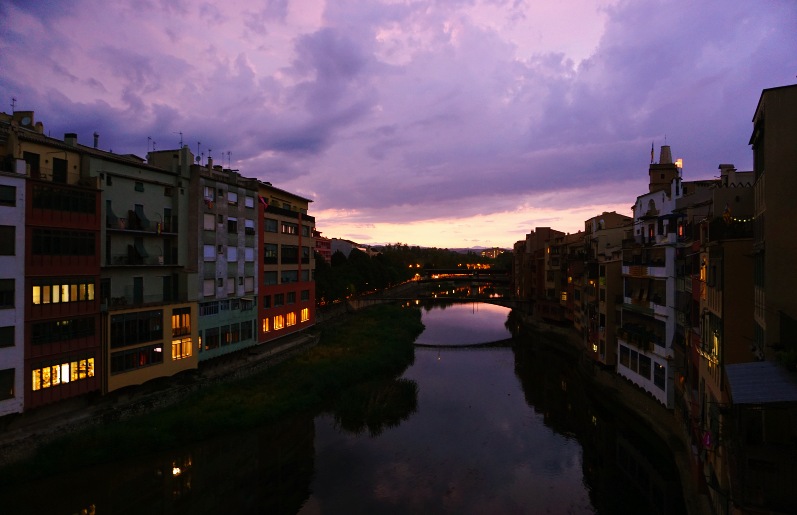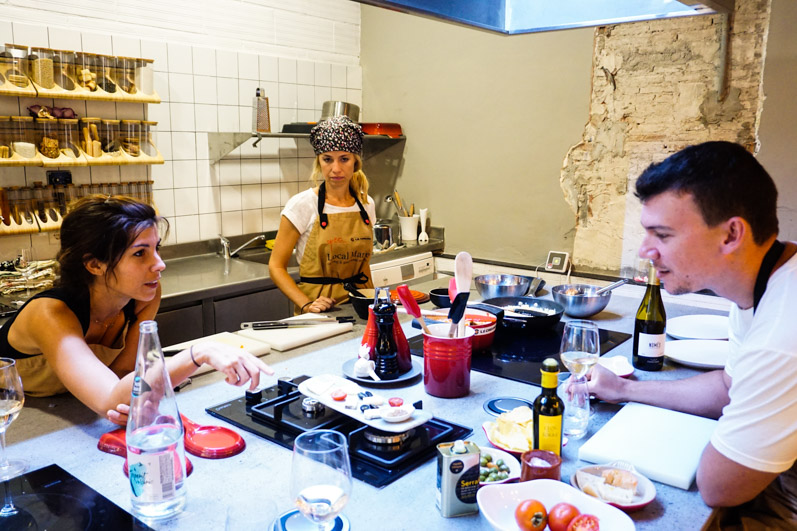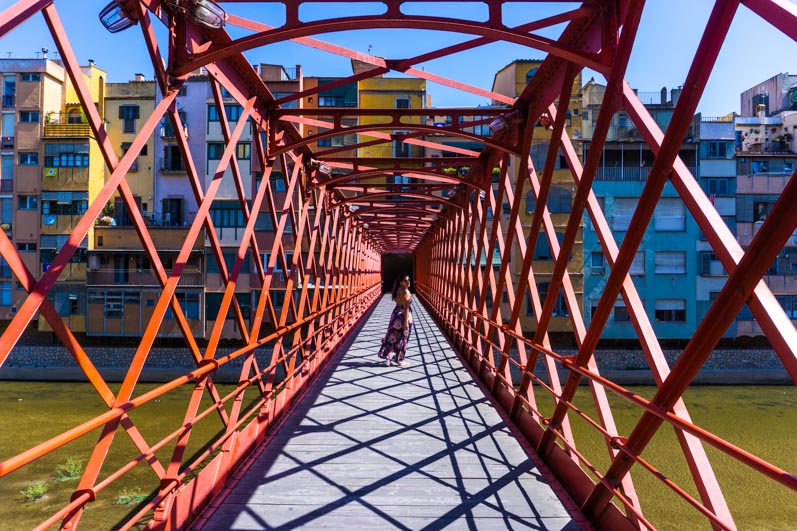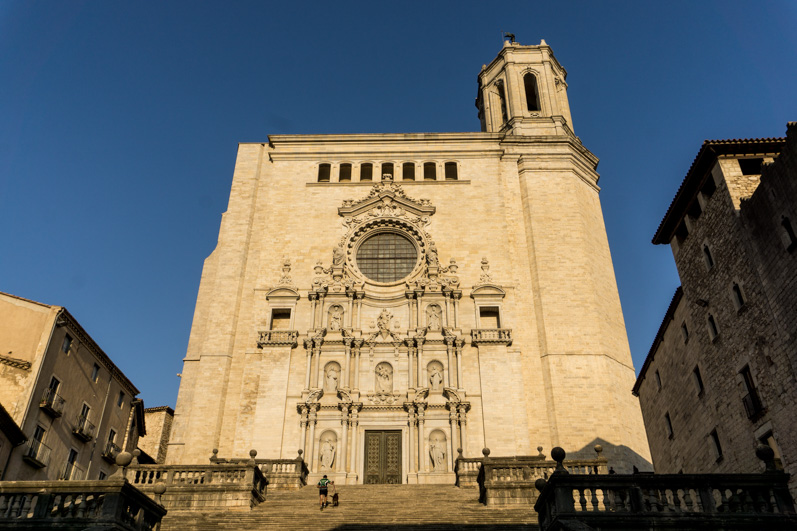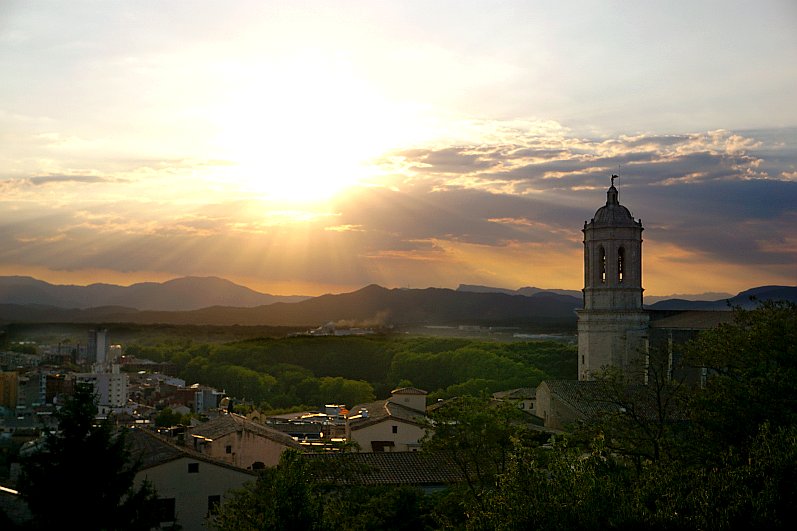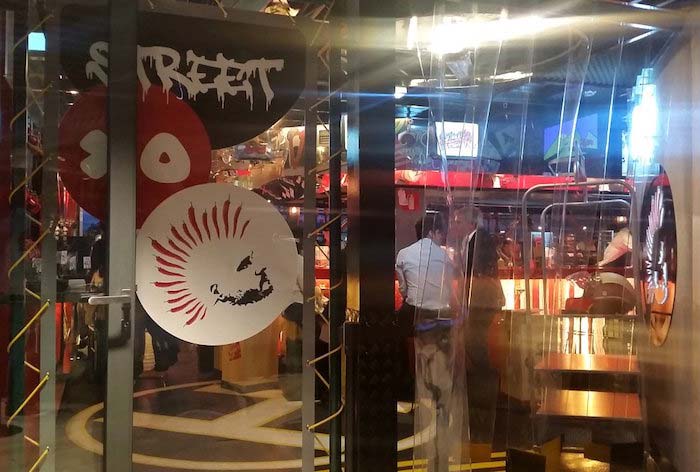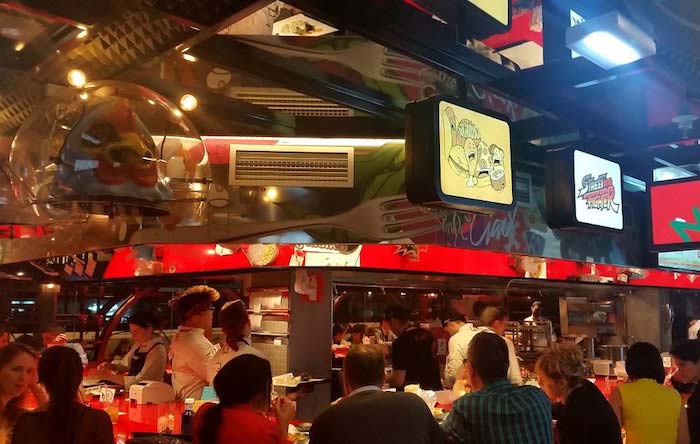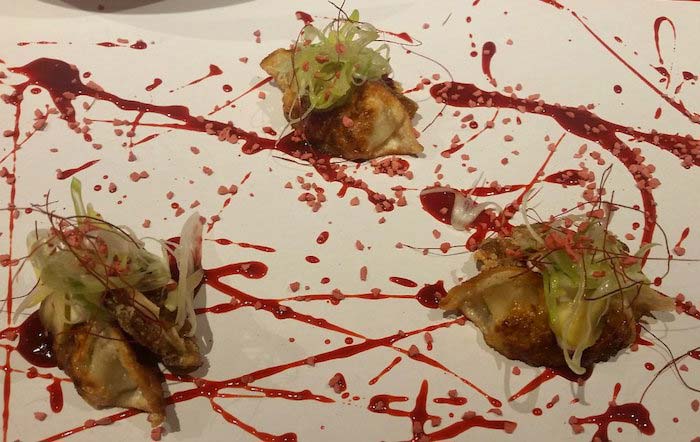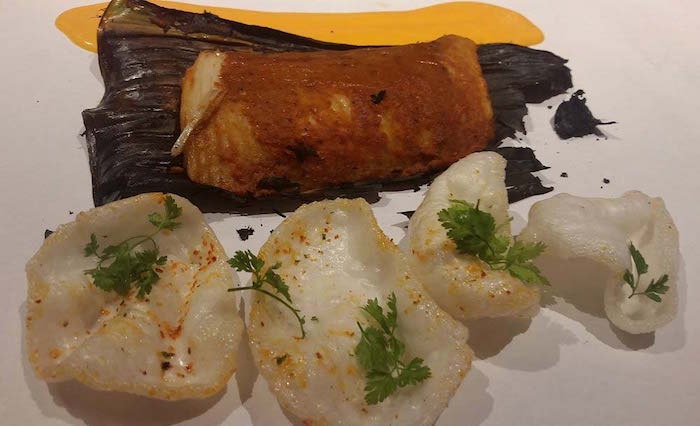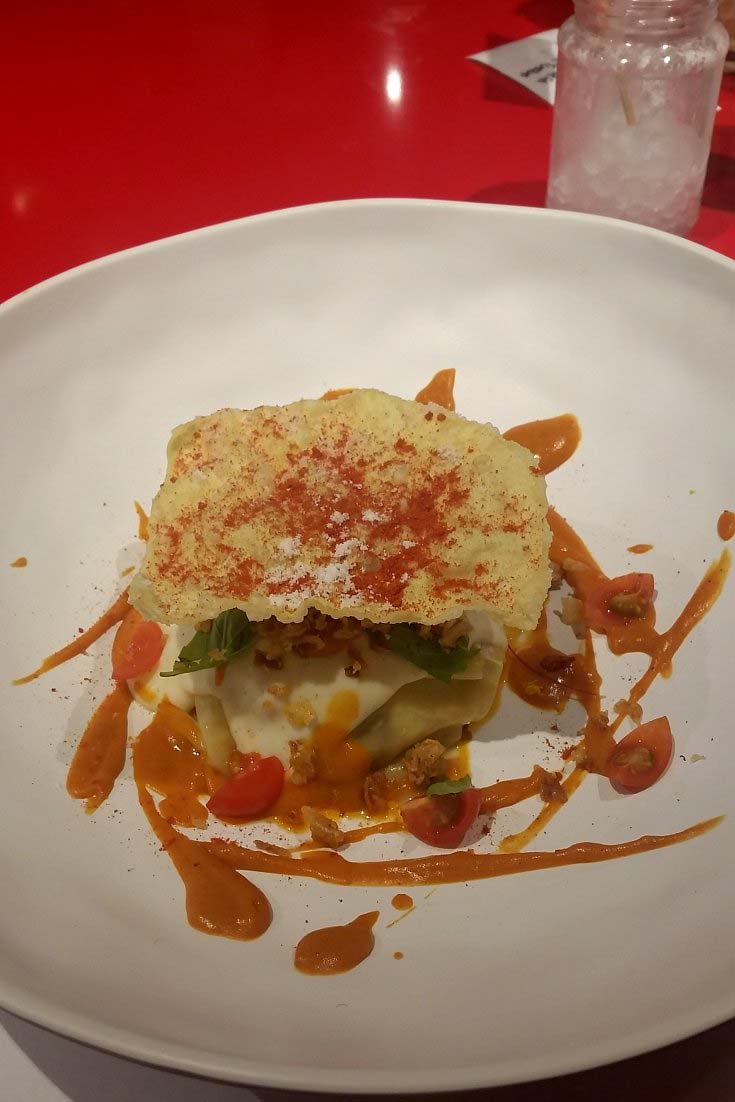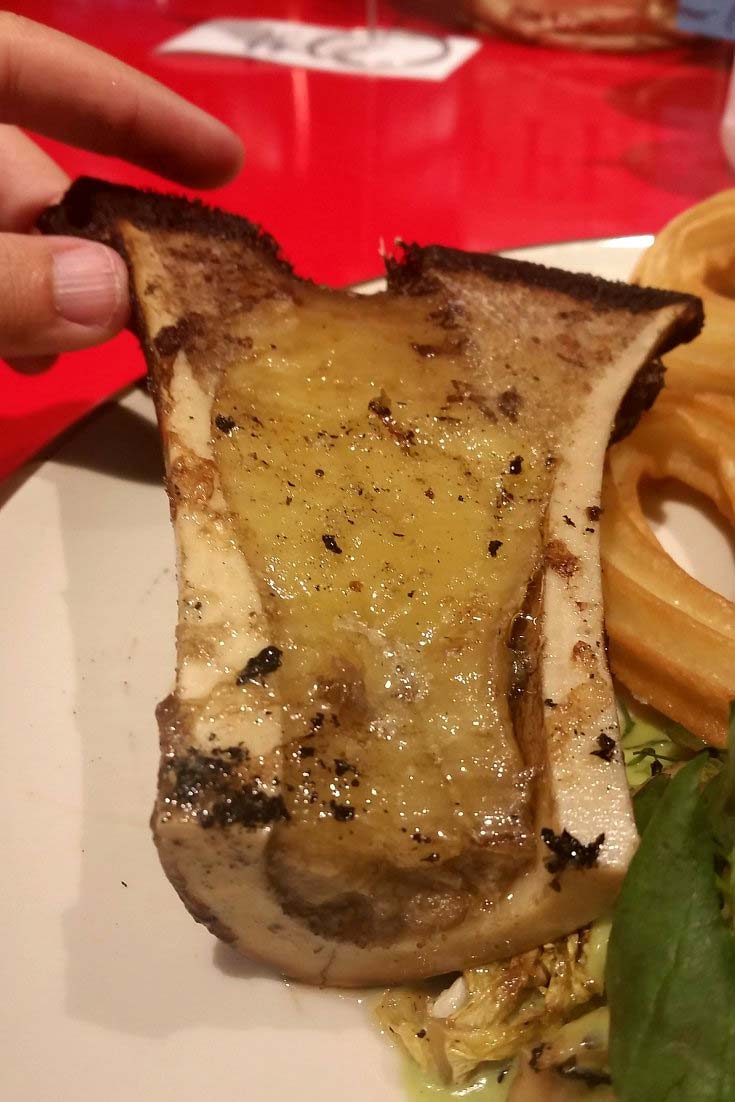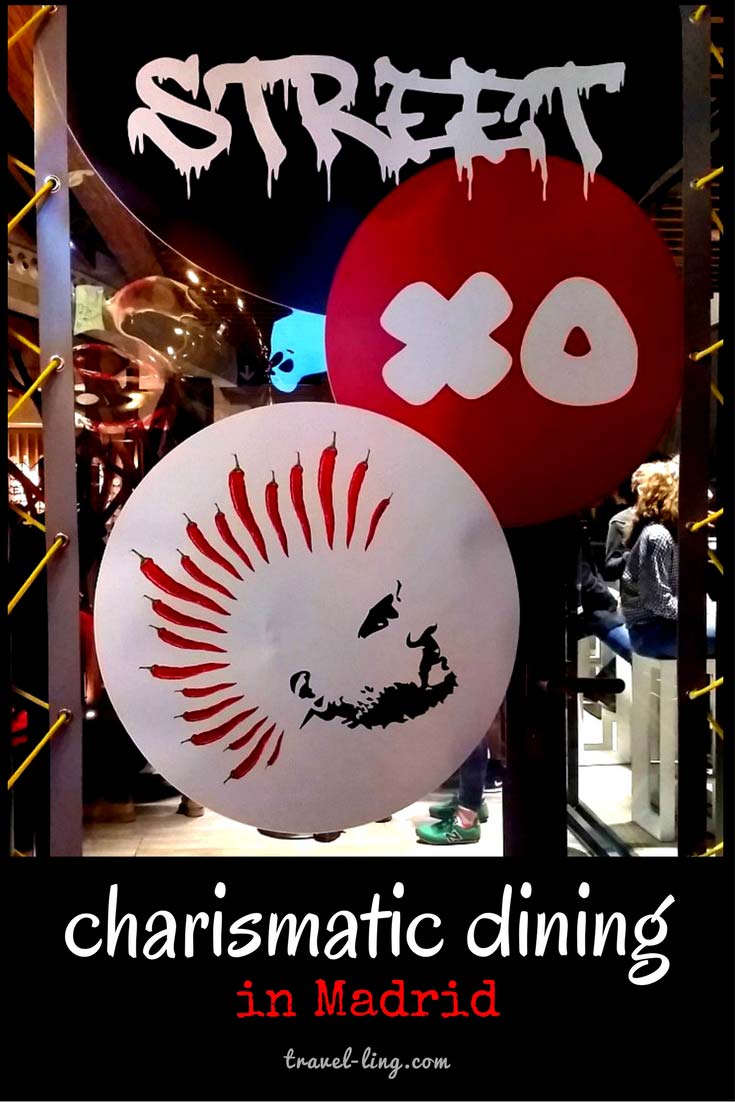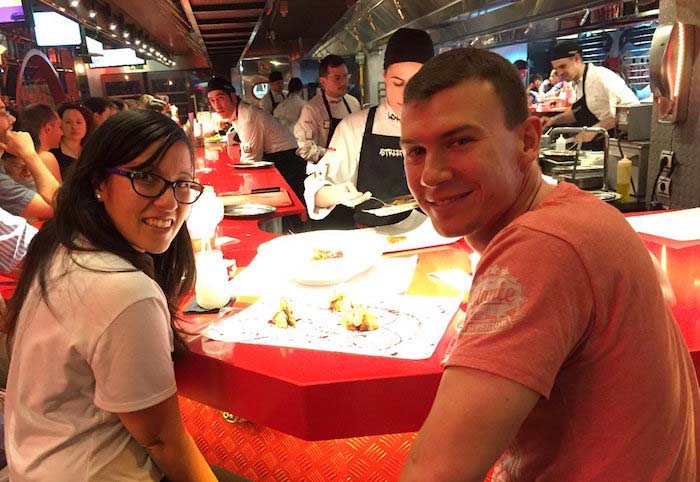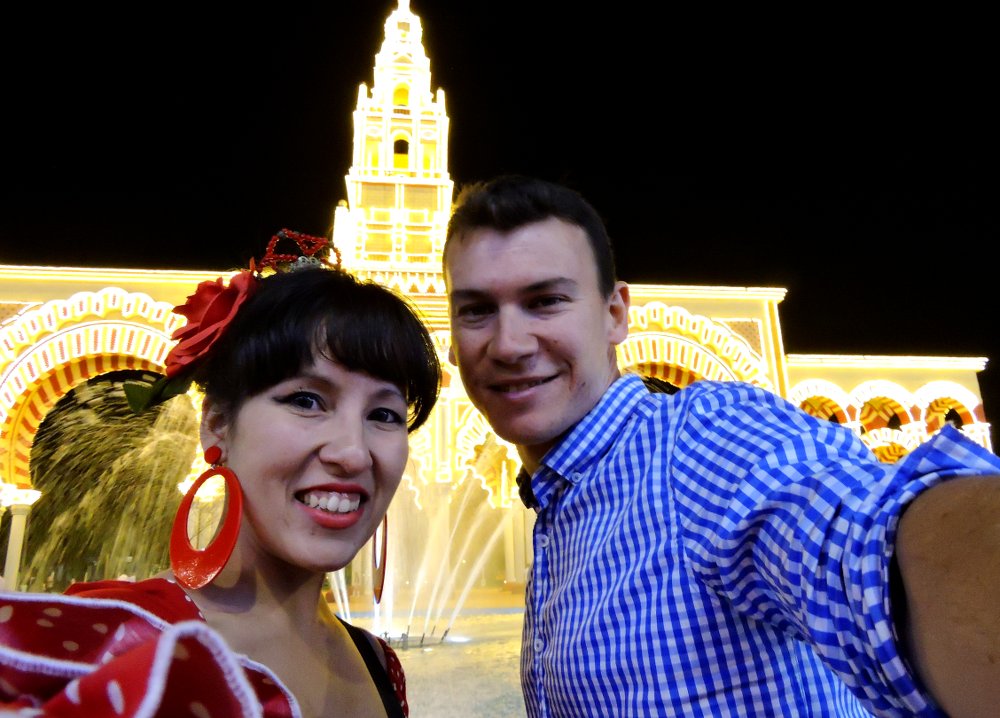Salamanca is an incredibly historical and beautiful looking city of Spain. It only took less-than 24 hours to fall in love with the city. Here’s why…

24 hours in Salamanca Spain
24 hours in Salamanca Spain
Why visit Salamanca
Firstly, because it’s an incredibly historical and beautiful looking city, built way way back before the iPhone even 😆. It’s also relatively unmolested by the tourist throng with most foreigners being young students coming to Salamanca to undertake study abroad programs at the University of Salamanca. This large student population gives Salamanca a youthful and energetic feel, very similar to Montpelier in France. It makes a perfect day trip from Madrid and showcases the Castile and León region of Spain.Feeling Pinspired? Hover and click on the images to save them to your Pinterest boards!


Things to see in Salamanca
Here is what you need to see during your visit: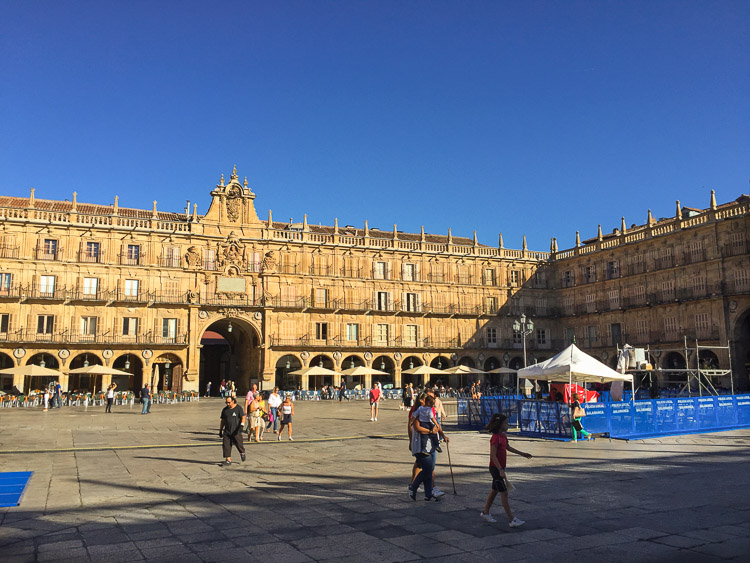
Plaza Mayor
The central square of Salamanca and the beacon for your travels around the city. The plaza is also often hosting concerts or other entertaining shows for free (particularly during the summer). So enjoy the plaza, sit out in the sun and do like the Spanish do: eyeball everybody who walks past!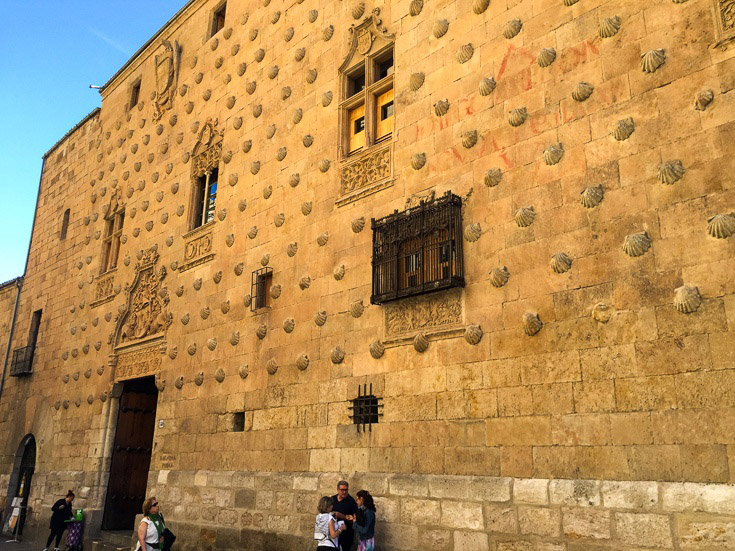
Casas de las Conchas
Heading out of the Plaza Mayor (opposite end from the Ayuntamiento or council chambers) you will find some restaurants (pretty touristy I thought) and keep heading down towards your left towards the Cathedral. On your right is the Casas de las Conchas (House of the Clams), with the clams representing the Order of Santiago. It’s pretty weird looking but interesting all the same.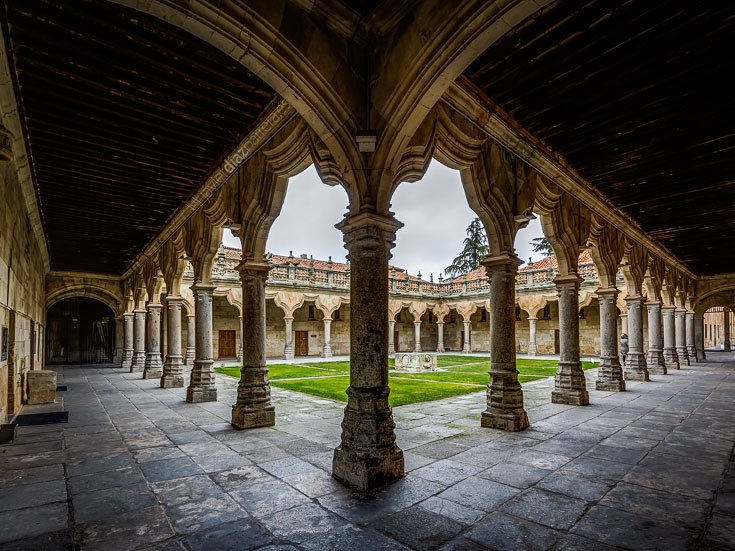
Photo by Javier Díaz Barrera “Patio de escuelas”. Used under CC license without change.
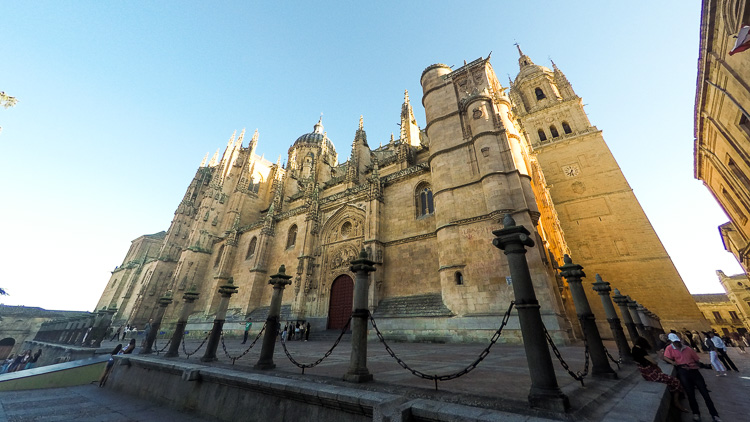

The Mac-Daddy – La Cathedral de Salamanca.
Hang a right after the School of Philosophy and head through the little side streets to Plaza de Anaya. This is what you came for. The original old cathedral was built to last in the 12 century but the massive, towering structure before you (the ‘new’ cathedral) was built between the 16th and 18th centuries.
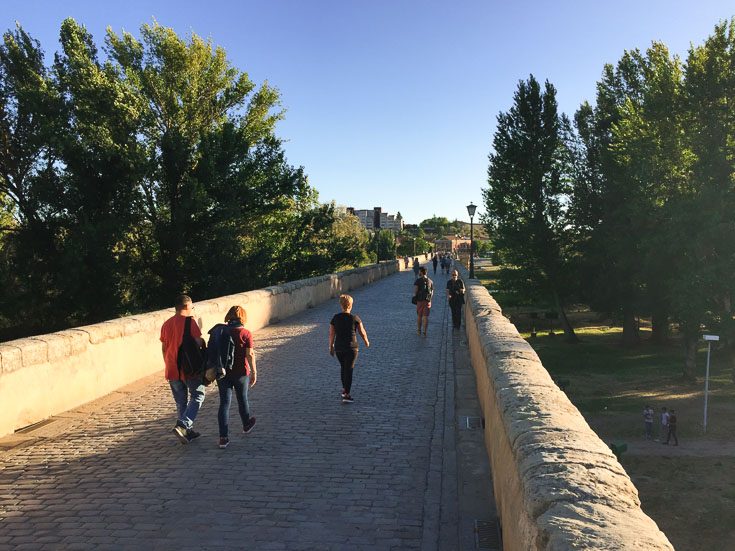


Puente Romano
From here you can keep walking down to the River Tormes and cross the Puente Romano (old Roman bridge), a treasured monument of the city. It also has some great views back toward the city centre, the cathedral and once you cross the bridge you can wander through the gardens on the far bank of the river.
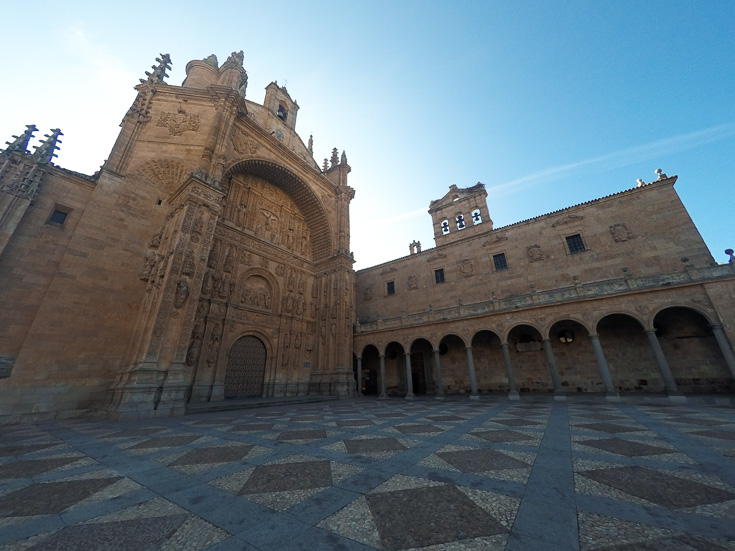
Convento de Sant Esteban
Finally, walk back across the Puente de Enrique Estevan (another bridge) to see the Museo de Sant Esteban (across the roundabout from the Convento de Sant Esteban). It’s equally as interesting to explore the delicate murals and figures depicted on its walls and it glows in the summer sun.Where to eat
So you’ve been walking around all day and night and you are RAVENOUS. Where do go?
For snacking: try the Salamanca local favourite, hornaza. It’s pork, chorizo, and ham wrapped in a thick pastry crust. Try it at La Tahona de Abuela just south of Plaza Mayor.
For a drink: for atmosphere, grab a drink from any of the bars/restaurants in Plaza Mayor. Sure, they are more expensive but I think soaking up the ambiance is worth it. For tapas bars and cheap drinks check out this great wrap-up, and for a party, go where the students go – La Chupiteria!
For dinner: Cuzco Bodega lies just south of Plaza Mayor and has some funky tapas creations for a pretty reasonable price (with a good wine list as well). Otherwise some of the restaurants that lie between Plaza Mayor and the Cathedral offer pretty decent fare and allow you to feel part of the lively atmosphere (though be warned they charge tourist prices!).
Where to stay: I stayed at the Sercotel Hotel Las Torres Salamanca (affilate link) and I found this to be a really great location, very comfortable and a really well looked after place with a 24hr front desk.
Well that’s all from me, I really hope that you enjoy Salamanca as much as I did!
Have you visited Salamanca? What was your favourite activity? Comment below to let us know.
Want more travel inspiration?
24 hours in Salamanca Spain
La Tomatina festival: Everything you need to know to survive this Spanish fiesta
Visiting Spain’s La Tomatina festival for the first time can be a little daunting and there are so many things about it that we wish we had of known beforehand. So, we created this guide to answer all of your questions and give you a better idea of the craziness that you can expect from this highlight of Spain. We cover all of the above questions and give you 11 tips to survive it!
The Best of Costa Brava: 4-Day Itinerary
If you are planning on visiting Spain, you can’t go past visiting Costa Brava. With fairytale towns, pristine beaches and delicious food Costa Brava is a traveller’s delight, and all within easy reach from Barcelona. The region of Costa Brava stretches along...


